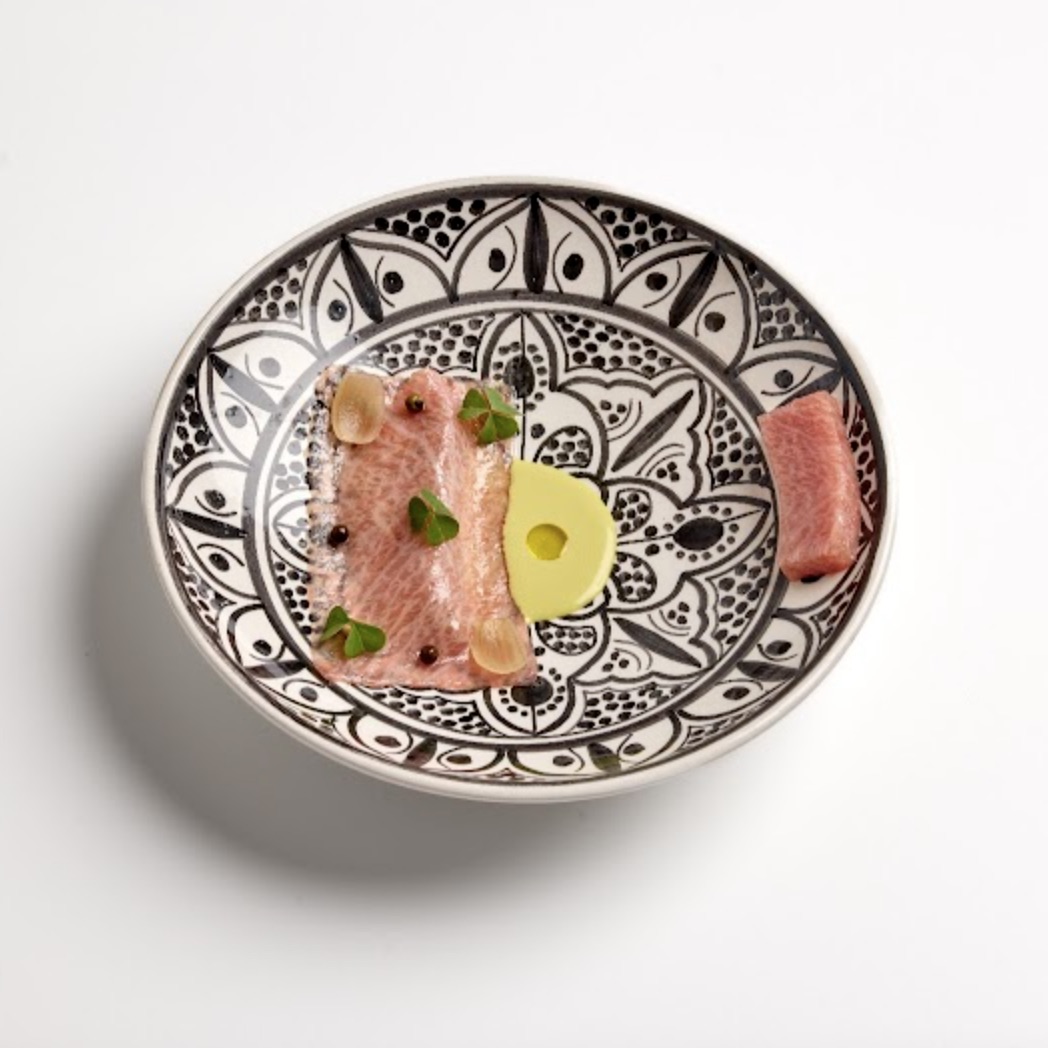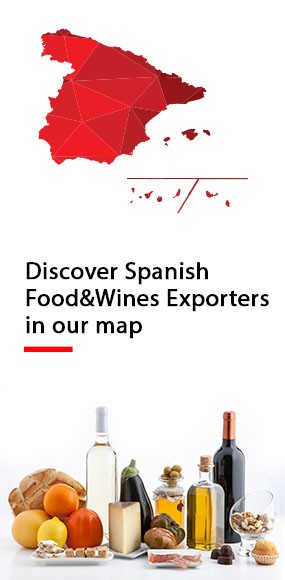.png.transform/rendition-xs/image_image%20(1).png)
Paco Morales and Noor: A Journey Through the History of Spanish Gastronomy
The chef, distinguished with three Michelin stars, offers a passionate reinterpretation of the Al-Andalus culinary tradition, using Spanish ingredients—some well-known and others less familiar
In the Cañero neighborhood of Córdoba (Andalusia), three stars shine brightly—Michelin stars, in this case. They recognize one of the most unique projects in modern gastronomy. Chef Paco Morales opened Noor in his hometown in 2016 with an unprecedented idea: to trace the history of Al-Andalus (Andalusia) cuisine across the centuries.
His restaurant is, therefore, a historical lesson on Spanish ingredients and recipes—a deep dive into centuries of cooking that Morales himself acknowledges, in a conversation with Foods & Wines from Spain, has been “the most challenging endeavor” of his professional career. That’s a significant statement from a chef who once worked at Ferran Adrià’s elBulli.
“During these years of ‘time travel’ through the cultural and culinary history of Al-Andalus, our team and I have enjoyed ourselves immensely. We often feel like privileged time explorers, with the daily opportunity to share our discoveries with diners from all over the world. What more could we ask for?” Morales explains with a smile.

A Culinary Time Capsule
Noor’s story unfolds in seasons, much like a TV series. And Morales plays fair—although his vision of past centuries' cuisine is a reinterpretation, he does not introduce ingredients that were unavailable at the time.
“Self-imposed limitations made me more creative and much bolder in my cooking,” he admits. As a result, potatoes, peppers, and tomatoes are absent until the 15th century. Similarly, pork was omitted during the years of Muslim rule.
Saffron, Almonds, Carob...
The journey is fascinating. The first season, set in the 10th century of Al-Andalus, features dishes like sweetbreads seasoned with azafrán (saffron) from La Mancha and hidden inside a bun, along with tender Marcona almonds blended into a dough with garlic flowers and parsley—a tribute to the Great Mosque of Córdoba. One of Noor’s most iconic dishes, Karim, originally made with pine nuts, later evolved to include other nuts such as pistachios.
And for desserts, in the absence of cocoa (due to historical restrictions), Morales turned to algarroba (carob). “It’s an ingredient that has been somewhat overlooked, but its aromatic and organoleptic richness has been a revelation for us. At this point, we can say it’s one of our favorite ingredients for developing some of our most iconic desserts,” he says.
Morales’ culinary journey moves through the various influences of Andalusian culture. In the second season, inspired by the 11th and 12th centuries, he introduces trilogies like cod, orange, and green olive juice—a combination of an inland fish, a Mediterranean icon, and the foundation of Spain’s greatest treasure: olive oil. In the third season, the menu features spinach, sheep’s cheese, fresh walnuts, and rosemary.

Prime Ingredients Make the Difference
In the fourth season, Morales reaches the eve of the discovery of America, and Ibérico pork enters the scene.
“Ibérico pork , in all its forms, is an emblematic product of Spanish gastronomy, with exceptional quality, a unique flavor, and a traditional production process. While it’s already valued in some international markets, it still has great potential to be recognized as a global luxury product. The key is to increase awareness of all its varieties and cuts, from ham to loin and cured sausages, and to educate international consumers about the differences between Iberian pork and other types of pork,” Morales explains.
Another standout Spanish product, according to Morales, is olive oil.
“It’s essential to position Spanish olive oil not just as a cooking ingredient, but as a gourmet product in its own right, highlighting its variety of flavors, artisanal production techniques, and its origins in different regions with protected designations of origin.” In his recipes, Morales uses Priego de Córdoba PDO olive oil, with which he shares the same origin.

The Liquid Heritage of the South
With the discovery of America, Noor enters its sixth season—following a retrospective fifth season during the COVID-19 pandemic—bringing in new ingredients like potatoes and tomatoes. Morales’ signature dish, Karim, is now infused with Oloroso sherry, a fortified wine that adds undeniable character.
In the seventh season, inspired by the 16th century, Morales explores different Pedro Ximénez grape vinegars to enhance flavors. He also plays with Ibérico pork and anchovies, crafting creative mar y montaña (surf and turf) combinations.
The eighth season moves into the 17th century, continuing the surf and turf approach with Spanish ingredients, as seen in a dish featuring natural shrimp, endive, caviar, Joselito pork jowl, spices, and (once again) Pedro Ximénez vinegar.
By 2024, Noor reached the 18th century, the threshold of the Modern Age. The restaurant is now preparing for a new retrospective chapter. In just nine years, Noor has carved out a unique path—one that has also served as a culinary exploration of Andalusian cuisine, and by extension, Spanish cuisine.
“Playing with time and history is in our DNA. Over the years, we’ve discovered that every season opens up new and exciting possibilities. We don’t necessarily have to follow a strict chronological order—we can blend different historical periods and past influences, always with respect, while embarking on increasingly complex culinary journeys,” Morales reflects.
A fascinating journey through history—and through the very essence of Spanish ingredients.

